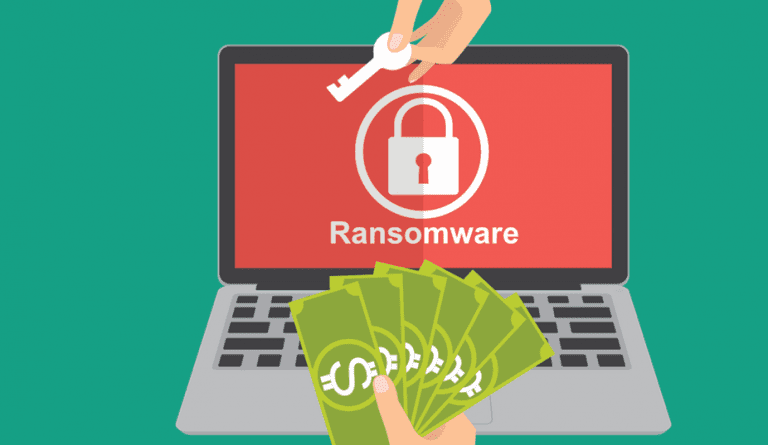Defending Against Ransomware Attacks
Ransomware attacks have become a pressing threat to businesses of all sizes, causing data breaches, financial losses, and severe reputational damage. Small businesses, often lacking robust cybersecurity measures, are particularly vulnerable. However, with the right strategies, you can fortify your defenses and mitigate the risks posed by ransomware attacks. In this article, we will explore essential strategies that small businesses can employ to effectively protect themselves against ransomware threats.
1. Educate and Train Your Team
Employee awareness is the first line of defense against ransomware attacks. Provide comprehensive training to your staff about the dangers of ransomware, phishing scams, and malicious attachments. Encourage a culture of skepticism, where employees verify the authenticity of emails and links before clicking on them. Regular training sessions and simulated phishing exercises can keep security awareness high.
2. Implement Robust Endpoint Security
Endpoint devices, such as computers and mobile devices, are common entry points for ransomware. Deploy strong endpoint security solutions, including next-gen antivirus software, intrusion detection systems, and endpoint firewalls. Regularly update and patch all software to prevent vulnerabilities that attackers could exploit.
3. Backup Data Regularly
Regular data backups are a fundamental defense against ransomware attacks. Schedule automated backups of critical data to both on-site and off-site locations. Ensure that backups are isolated from the main network and tested regularly to guarantee their integrity. In the event of a ransomware attack, you can restore your systems and data without yielding to cybercriminal demands.
4. Employ Network Segmentation
Network segmentation involves dividing your network into isolated segments, limiting the lateral movement of attackers. Even if ransomware breaches one segment, it won’t easily propagate throughout the entire network. Implement strong access controls between segments and restrict unnecessary lateral communication.
5. Restrict User Privileges
Minimize the potential impact of a ransomware attack by enforcing the principle of least privilege (PoLP). Grant users only the necessary access privileges to perform their roles. Limiting user privileges reduces the potential for ransomware to spread laterally and compromise critical systems.
6. Patch and Update Regularly
Unpatched software is a prime target for ransomware attacks. Regularly update and patch all operating systems, applications, and plugins to close security vulnerabilities. Implement a patch management system to ensure timely updates across your network.
7. Enable Email Security Measures
Email is a common vector for ransomware distribution. Implement robust email security measures, including spam filters, email authentication (SPF, DKIM, DMARC), and attachment sandboxing. These measures can prevent malicious emails from reaching user inboxes.
8. Have an Incident Response Plan
Develop a well-defined incident response plan that outlines steps to take in case of a ransomware attack. Assign roles and responsibilities, establish communication protocols, and practice incident scenarios through tabletop exercises. A well-prepared team can respond swiftly and effectively, minimizing the impact of an attack.
Ransomware attacks pose a significant threat to small businesses, but with proactive and effective strategies, you can significantly reduce your vulnerability. By educating your team, implementing robust endpoint security, regular data backups, network segmentation, user privilege restrictions, timely patching, email security measures, and a comprehensive incident response plan, you can fortify your defenses and confidently navigate the evolving cybersecurity landscape. By investing in cybersecurity now, you protect your business from the potentially devastating consequences of a ransomware attack and ensure a secure and resilient future.

Leave a Reply